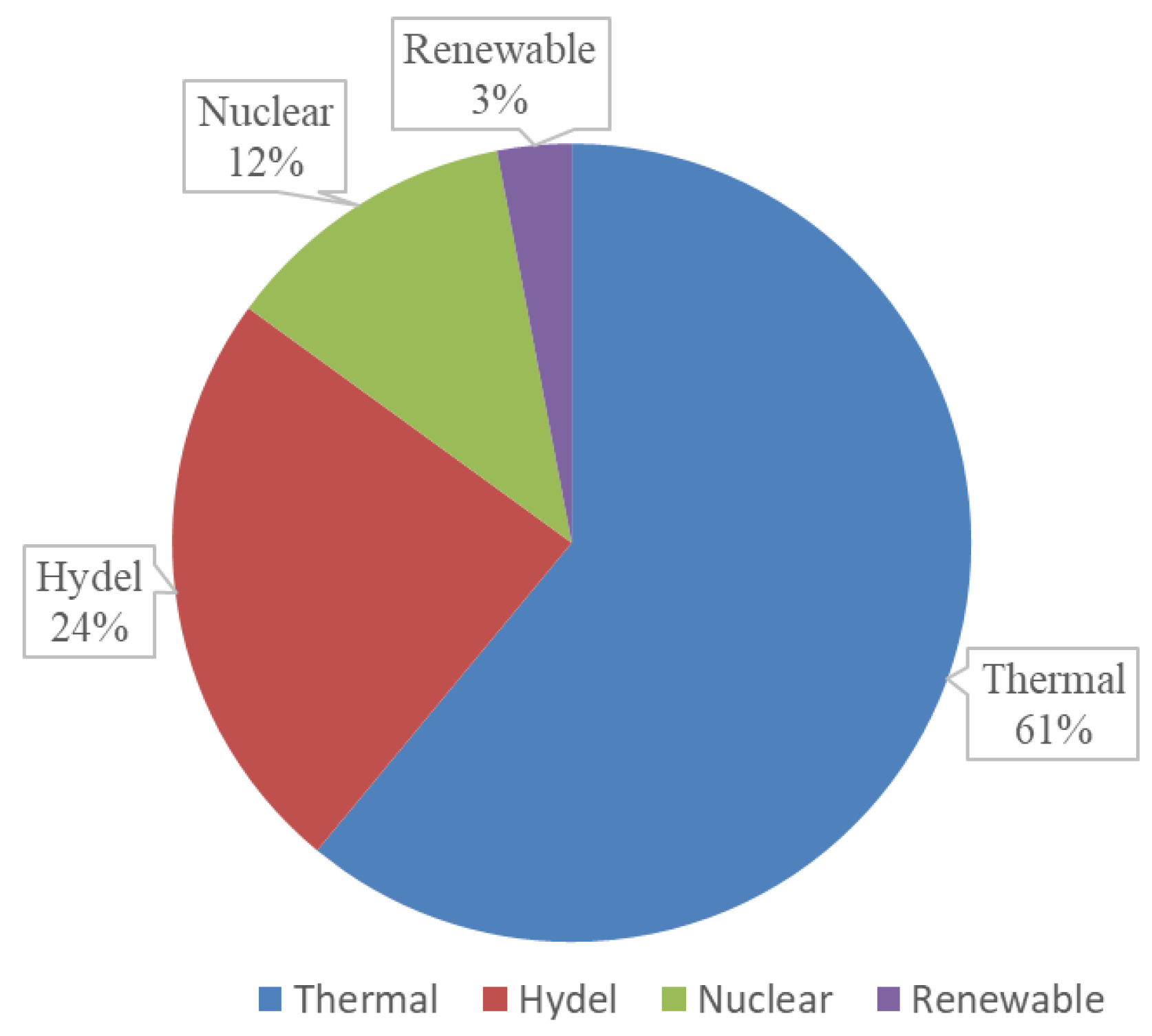Review of Smart Grid and Nascent Energy Policies: Pakistan as a Case Study
Abstract
:1. Introduction
| Conventional Grid | Smart Grid |
|---|---|
| Mechanically operated | Digitized |
| Unilateral | Bi-directional |
| Centralized power generation | Distributed Generation |
| Radially connected | Dispersed |
| A small number of sensors | Many |
| Less monitoring capabilities | Highly monitored |
| Manual control | Automated control |
| Fewer security issues | Vulnerable to security issues |
| Slow responsive actions | Fast response |
- Lack of initial capital amount to construct new renewable distributed generation plants at governmental level.
- Lack of proper subsidy plan for consumers to construct distributed generation at their end as the per capita average income of citizens of Pakistan is considerable low.
- Lack of proper infrastructure for energy wheeling to long distances.
- Energy theft and circular debt in electric power department, NEPRA hinder it to initiate it in a large scale.
- Lack of awareness among the public about the importance of these policies about their economic gain.
- An overview and impact of EWP, EIP, NMP, and EECA in Pakistan for demand side management of energy.
- Dynamic energy management via hybrid microgrid management and smart grid to control the energy wastage considerable [48].
- To encourage public towards distributed generation by introducing Net Metering policy.
- The EIP enabled the government to import the necessary energy from neighboring states, i.e., Central Asia South Asia energy import agreement (CASA-1) has become possible due to this policy [49].
2. Current Energy Scenario and New Energy Policies
2.1. Current Energy Highlights of Pakistan
| Electricity Generation for July–March 2008-18 | |||||||||
|---|---|---|---|---|---|---|---|---|---|
| Installed Capacity (MW) | Generation (GWh) | Hydel | Thermal | Nuclear | Imported (GWh) | ||||
| Installed Capacity (MW) | Generation (GWh) | Installed Capacity (MW) | Generation (GWh) | Installed Capacity (MW) | Generation (GWh) | ||||
| July–March | |||||||||
| 2008-09 | 19,575 | 60,793 | 6481 | 20,526 | 12,632 | 39,154 | 462 | 918 | 195 |
| 2009-10 | 19,650 | 63,178 | 6481 | 21,671 | 12,707 | 39,342 | 462 | 2521 | 185 |
| 2010-11 | 20,729 | 68,970 | 6481 | 23,817 | 13,785 | 42,664 | 462 | 2260 | 229 |
| 2011-12 | 22,578 | 66,130 | 6557 | 22,044 | 15,234 | 39,940 | 787 | 4146 | ... |
| 2012-13 | 22,851 | 66,962 | 6650 | 20,536 | 15,414 | 43,125 | 787 | 3301 | ... |
| 2013-14 | 23,048 | 73,435 | 6858 | 23,953 | 15,440 | 44,847 | 750 | 4331 | 304 |
| 2014-15 | 23,212 | 71,712 | 7027 | 23,478 | 15,435 | 43,611 | 750 | 4273 | 350 |
| 2015-16 | 23,101 | 73,209 | 7027 | 24,544 | 15,324 | 45,252 | 750 | 3078 | 335 |
| July–February | |||||||||
| 2016-17 * | 22,600 | 68,592 | 7097 | 21.862 | 13,514 | 42,545 | 1005 | 3082 | 315 |
| 2017-18 | 29,573 | 69,956 | 7248 | 18,858 | 19,816 | 19,816 | 1321 | 5236 | 322 |
2.2. Hybrid Microgrid Management
Control Strategy Overview of Hybrid Microgrids
- Stability: it is the control of the microgrid’s voltage and frequency while it is operating in a variety of modes. Additionally, it guarantees a stable and dependable power network on both the ac and dc sides of the microgrid [74];
- Protection: it includes managing grid faults, monitoring energy flow, and keeping an eye on vital components;
- Power balancing: optimum load sharing and synchronized DG supply;
- Transition: transitioning without interruption from one microgrid operation mode to another, such as from islanding to grid-tied mode or vice versa;
- Power transmission: it is the process of moving electricity from the utility grid to the microgrid;
- Synchronization: For the best power transmission, the microgrid and the power network must be synchronized;
- Optimization: it is the management of systems based on the microgrid and utility grid circumstances (such as market scenario, power demand/supply, or energy projection), to lower costs, enhance the energy efficiency, etc. [75].
2.3. Introduction of the National Electric Power Regulatory Authority
2.4. Wheeling of Electric Power, 2016

Applications and Challenges Associated with EW Policy
2.5. Distributed Generation/Net Metering Policy, 2015
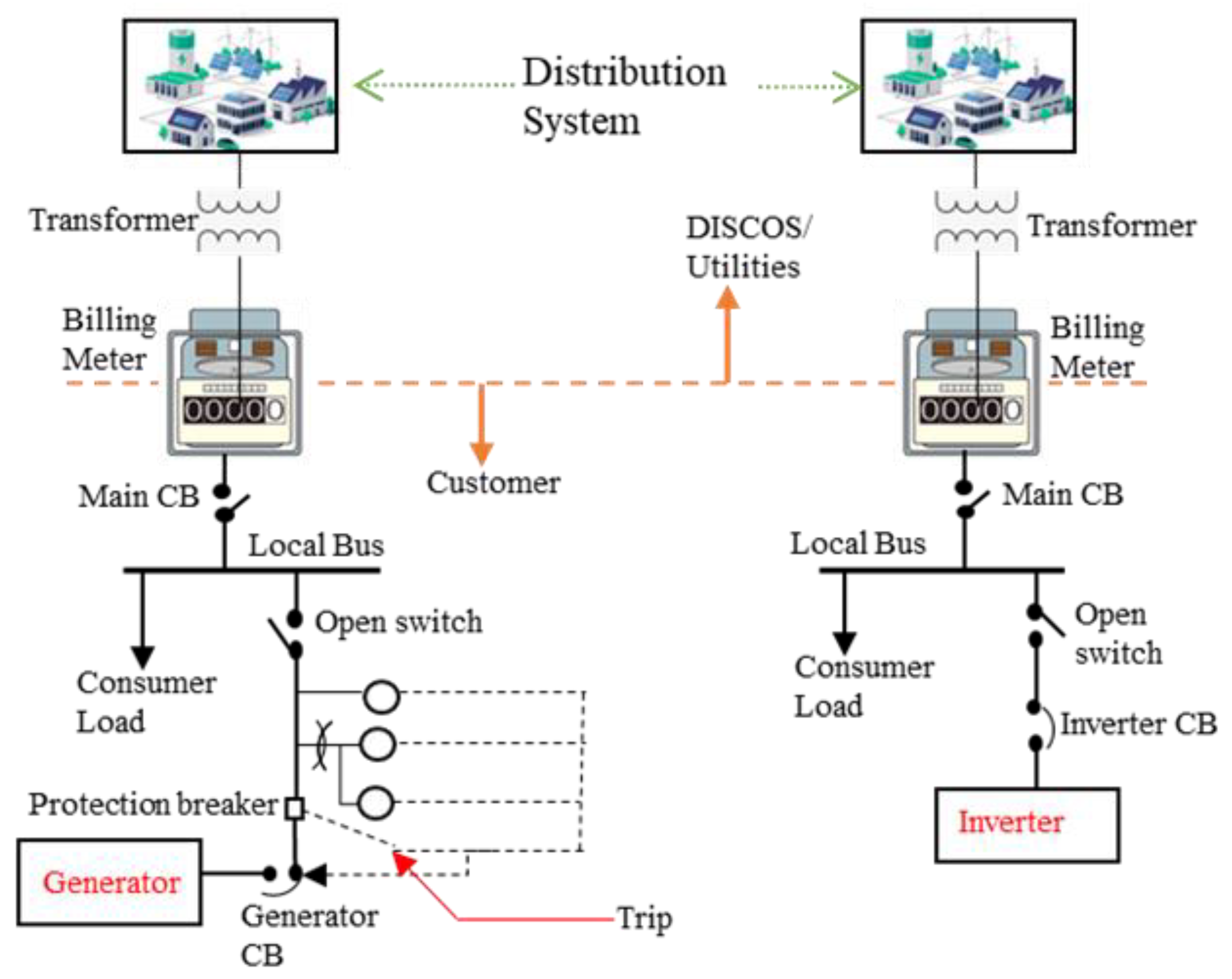
NMP Issues and Recommendations
2.6. Energy Import Policy 2017
2.7. Internet of Things (IoT) Integration in Hybrid Microgrid
2.8. Energy Efficiency and Conservation Act, 2016
3. Energy Policies in Other Countries
Comparative Study of Innovative Smart Grid Policies around the World
- (a)
- Introducing smart meters concerning the energy sectors in country Pakistan
- (b)
- The proportion of smart meters deployed in different areas
- The smart metering pilot project consists of projects that are specifically focused on the implementation of smart meters.
- Pilot projects involving integrated systems. Focuses on the fusion of several Smart Grid applications and technologies, including smart metering and substation automation initiatives.
- Home application pilot projects are programmers’ that concentrate on cutting-edge home applications or directly engage users.
- Pilot programmers for automation in transmission and distribution. Refer to projects concerned with improving the automation of the electrical grid at the transmission and distribution levels.
- Lead projects for others. Describe projects that are not specifically focused on the Smart Grid but that test one or more capabilities connected to Smart Grid technology or services. Examples of this kind of project include those involving smart cities, renewable energy, or electric automobiles.
4. Conclusions and Policy Implications
- The application of EW and NMP requires a robust control system to ensure quick decisions for energy transfer. It encourages technology advancement in terms of batteries for DGs in particular and sophisticated protection devices in general. Therefore, the implication of EW and NMP in Pakistan opens doors for international competitors.
- Further, the primary advantage of energy security and saving of EW and NMP invites the international community to opt for the policy especially the South Asian Countries where continuous energy supply is still a dream.
- In addition, energy wheeling technique provides investor certainty linked with the cost of transferring power using the existing transmission network which attracts international investors ultimately.
- The general lessons learned from these policies in Pakistan are: (a) Value of excess energy: Excess energy fed to the DISCOs is compensated for each kWh. (b) Impact on consumer: the consumer receives compensation for each kWh injected into the system based on the off-peak tariff defined by NEPRA. Payback time varies from 5–8 years to 7–10 years depending on the nature of consumers. (c) Impact on distributor: DISCOs are benefitted in paying consumers for energy exported at reduced rates, i.e., off-peak rates irrespective of the fact energy is fed to the DISCOs at peak or off-peak hours.
Author Contributions
Funding
Institutional Review Board Statement
Informed Consent Statement
Data Availability Statement
Acknowledgments
Conflicts of Interest
References
- Abbas, S.; Kousar, A.; Razzaq, S.; Saeed, A.; Alam, M.; Mahmood, A. Energy management in South Asia. Energy Strategy Rev. 2018, 21, 25–34. [Google Scholar] [CrossRef]
- Mahmood, A.; Javaid, N.; Zafar, A.; Riaz, R.A.; Ahmed, S.; Razzaq, S. Pakistan’s overall energy potential assessment, comparison of LNG, TAPI and IPI gas projects. Renew. Sustain. Energy Rev. 2014, 31, 182–193. [Google Scholar] [CrossRef]
- World Energy Council. World Energy Scenarios 2019; World Energy Council: London, UK, 2019.
- Perwez, U.; Sohail, A.; Hassan, S.; Zia, U. The long-term forecast of Pakistan’s electricity supply and demand: An application of long-range energy alternatives planning. Energy 2015, 93, 2423–2435. [Google Scholar] [CrossRef]
- Moradkhani, E. Climate Change and Energy Management Strategies. Comput. Water Energy Environ. Eng. 2017, 6, 143–153. [Google Scholar] [CrossRef]
- Dragicevic, N.; Ullrich, A.; Tsui, E.; Gronau, N. A conceptual model of knowledge dynamics in the industry 4.0 smart grid scenario. Knowl. Manag. Res. Pract. 2019, 18. [Google Scholar] [CrossRef]
- Lo, C.H.; Ansari, N. The progressive smart grid system from both power and communications aspects. IEEE Commun. Surv. Tutor. 2011, 14, 799–821. [Google Scholar] [CrossRef]
- El-Hawary, E.M. The smart grid—state-of-the-art and future trends. Electr. Power Compon. Syst. 2014, 42, 239–250. [Google Scholar] [CrossRef]
- Asad, Z.; Chaudhry, M. A two-way street: Green big data processing for a greener smart grid. EEE Syst. J. 2016, 11, 784–795. [Google Scholar] [CrossRef]
- Duffy, P.; Fitzpatrick, C.; Conway, T.; Lynch, R. Energy sources and supply grids–the growing need for storage. In Energy Storage Options and Their Environmental Impact; Royal Society of Chemistry: London, UK, 2018. [Google Scholar]
- Zhang, F.; Dong, Z.; Luo, F.; Ranzi, G.; Xu, Y. Resilient Energy Management for Residential Communities under Grid Outages. In Proceedings of the 2019 9th International Conference on Power and Energy Systems (ICPES), Perth, WA, Australia, 1–6 December 2019. [Google Scholar]
- Diamantoulakis, P.K.; Karagiannidis, G. Big data analytics for dynamic energy management in smart grids. Big Data Res. 2015, 2, 94–101. [Google Scholar] [CrossRef]
- Mahela, O.P.; Khosravy, M.; Gupta, N.; Khan, B.; Alhelou, H.H.; Mahla, R.; Patel, N.; Siano, P. Comprehensive overview of multi-agent systems for controlling smart grids. CSEE J. Power Energy Syst. 2020, 8, 115–131. [Google Scholar]
- Green, R.; Wang, L.; Alam, M. Applications and trends of high performance computing for electric power systems: Focusing on smart grid. IEEE Trans. Smart Grid 2013, 4, 922–931. [Google Scholar] [CrossRef]
- Vermesan, O.; Friess, P. Internet of Things: Converging Technologies for Smart Environments and Integrated Ecosystems; River Publishers: Aalborg, Denmark, 2013. [Google Scholar]
- Mahmood, A.; Javaid, N.; Razzaq, S. A review of wireless communications for smart grid. Renew. Sustain. Energy Rev. 2015, 41, 248–260. [Google Scholar] [CrossRef]
- Ministry of Statistics, Government of Pakistan (MoS, GoP). Ministry of Statistics, Government of Pakistan (MoS, GoP), Pakistan bureau of Statistics, Partners. Available online: http://www.pbscensus.gov.pk/sites/default/files/Population_Results.pdf (accessed on 12 December 2017).
- Farooq, M.U.; Mahmood, A.; Sidhu, G.A.S.; Ullah, M.N.; Khan, Z.A. Wind Power and Smart Grid as an Environmental Obligation in Context of Energy Security for Pakistan. J. Basic Appl. Appl. Sci. Res. 2013, 3, 518–527. [Google Scholar]
- Ahmed, S.; Mahmood, A.; Hasan, A.; Sidhu, G.A.S.; Butt, M.F.U. A comparative review of China, India and Pakistan’s renewable energy sectors and sharing opportunities. Renew. Sustain. Energy Rev. 2016, 57, 216–225. [Google Scholar] [CrossRef]
- Rafique, M.; Rehman, S. National energy scenario of Pakistan–Current status, future alternatives, and institutional infrastructure: An Overview. Renew. Sustain. Energy Rev. 2017, 69, 156–167. [Google Scholar] [CrossRef]
- Bacon, R. Learning from Power Sector Reform: The Case of Pakistan; SSRN: Rochester, NY, USA, 2019. [Google Scholar]
- Government of Pakistan (GoP). Policy Framework and A Package of Incentives for Private Sector Power; Government of Pakistan: Islamabad, Pakistan, 1994.
- Salman, A. Natural resource planning and management. In Lectures; Islamabad, Pakistan, 2014. [Google Scholar]
- Government of Pakistan (GoP). Policy Framework and A Package of Incentives for Private Sector Hydel Power; Government of Pakistan: Islamabad, Pakistan, 1995.
- Government of Pakistan (GoP). Policy for New Private Independent Power Projects; Government of Pakistan: Islamabad, Pakistan, 1998.
- Government of Pakistan (GoP). Policy for Power Generation Projects Year 2002; Government of Pakistan: Islamabad, Pakistan, 2002.
- Government of Pakistan (GoP). Policy for Development of Renewable Energy for Power Generation—Employing Small Hydro, Wind, and Solar Technologies; Government of Pakistan: Islamabad, Pakistan, 2006.
- Private Power and Infrastructure Board (PPIB). National Power Policy for Cogeneration from the Sugar Industry; Private Power and Infrastructure Board: Islamabad, Pakistan, 2008. [Google Scholar]
- Nayyar, H.; Mohammad, A.; Khanji, H.; Gordhan, D.; Faheemullah, W. Muhammad, A review of energy and power planning and policies of Pakistan. Renew. Sustain. Energy Rev. 2017, 79, 110–127. [Google Scholar]
- Government of Pakistan (GoP). National Power Policy 2013; Government of Pakistan: Islamabad, Pakistan, 2013.
- NEPRA. Draft Energy Wheeling Agreement; National Electric Power Regulatory Authority: Islamabad, Pakistan, 2016. [Google Scholar]
- NEPRA. Draft and Rules of Net Metering; National Electric Power Regulatory Authority: Islamabad, Pakistan, 2014. [Google Scholar]
- International Energy Agency (IEA). 25 Energy Efficiency Policy Recommendations; IEA: Paris, France, 2011.
- Al-Badi, A.H.; Ahshan, R.; Hosseinzadeh, N.; Ghorbani, R.; Hossain, E. Survey of smart grid concepts and technological demonstrations worldwide emphasizing on the Oman perspective. Appl. Syst. Innov. 2020, 3, 5. [Google Scholar] [CrossRef]
- Mahmood, A.; Baig, F.; Alrajeh, N.; Qasim, U.; Khan, Z.; Javaid, N. An Enhanced System Architecture for Optimized Demand Side Management in Smart Grid. Appl. Sci. 2016, 6, 122. [Google Scholar] [CrossRef]
- Khan, I.; Mahmood, A.; Javaid, N.; Razzaq, S.; Khan, R.; Ilahi, M. Home Energy Management Systems in Future Smart Grids, no. Partners. arXiv 2013, arXiv:1306.1137. Available online: https://arxiv.org/ftp/arxiv/papers/1306/1306 (accessed on 26 March 2017).
- Martins, P.; Oleskovicz, M.; Pessoa, S.A.L.D. A survey on smart grids: Concerns, advances and trends. In Proceedings of the 2019 IEEE PES Innovative Smart Grid Technologies Conference-Latin America (ISGT Latin America), ISGT LA 2019, Gramado, RS, Brazil, 15–18 September 2019. [Google Scholar]
- Lean Energy Initiative (LEA). Smart Electric Grid of the Future: A National Distributed Store-Gen Test Bed Partners; Columbia University: New York, NY, USA, 2013; Available online: https://www.ldeo.columbia.edu/res/pi/leanenergy/docs/Anderson_Smart_Grid_White_Paper.pdf (accessed on 26 September 2013).
- Mashael, Y. Renewable Energy in Pakistan: Policy Strengths, Challenges & the Path Forward, Energy Economics, and Policy Dr Thomas Rutherford, no. Partners. Available online: https://ethz.ch/content/dam/ethz/special-interest/mtec/cepe/cepe-dam/documents/documents/education/selected-term-papers/Yazdanie.pdf (accessed on 27 March 2017).
- Shah, A.; Qureshi, S.; Bhutto, A.; Shah, A. Sustainable development through renewable energy—The fundamental policy dilemmas of Pakistan. Renew. Sustain. Energy Rev. 2011, 15, 861–865. [Google Scholar] [CrossRef]
- Kessides, I.N. Chaos in power: Pakistan’s electricity crisis. Energy Policy 2013, 55, 271–285. [Google Scholar] [CrossRef]
- Aized, T.; Shahi, M.; Bhatti, A.; Saleem, M.; Anandarajah, G. Energy security and renewable energy policy analysis of Pakistan. Renew. Sustain. Energy Rev. 2018, 84, 155–169. [Google Scholar] [CrossRef]
- Zafar, U.; Rashid, T.K.; Khalil, M.; Rashid, M. An overview of implemented renewable energy policy of Pakistan. Renew. Sustain. Energy Rev. 2018, 82, 654–665. [Google Scholar] [CrossRef]
- Qazi, U.; Jahanzaib, M. An integrated sectoral framework for the development of sustainable power sector in Pakistan. Energy Rep. 2018, 4, 376–392. [Google Scholar] [CrossRef]
- Ashfaq, A.; Ianakiev, A. Features of fully integrated renewable energy atlas for Pakistan; wind, solar and cooling. Renew. Sustain. Energy Rev. 2018, 97, 14–27. [Google Scholar] [CrossRef]
- Shakeel, S.; Takala, J.S. Renewable energy sources in power generation in Pakistan. Renew. Sustain. Energy Rev. 2016, 64, 421–434. [Google Scholar] [CrossRef]
- Alvi, S.; Mahmood, Z.; Nawaz, S. Dilemma of direct rebound effect and climate change on residential electricity consumption in Pakistan. Energy Rep. 2018, 4, 323–327. [Google Scholar] [CrossRef]
- Mbungu, N.T.; Bansal, R.C.; Naidoo, R.M.; Bettayeb, M.; Siti, M.W. A dynamic energy management system using smart metering. Appl. Energy 2020, 280, 115990. [Google Scholar] [CrossRef]
- Wijayatunga, P.; Fernando, P. An Overview of Energy Cooperation in South Asia; ADB: Mandaluyong, Philippines, 2013. [Google Scholar]
- Khan, M.; Usman, A. Energy Demand in Pakistan: A Disaggregate Analysis; Munich Personal RePEc Archive; Pakistan Institute of Development Economics: Islamabad, Pakistan, 2009. [Google Scholar]
- Hydrocarbon Development Institute of Pakistan (HDIP). Energy Year Book; Hydrocarbon Development Institute of Pakistan: Islamabad, Pakistan, 2016–2017. [Google Scholar]
- Ministry of Finance of Pakistan (MoFP). Pakistan Economic Survey; Ministry of Finance of Pakistan: Islamabad, Pakistan, 2017–2018.
- Muhammad, F.; Kumar, S. An assessment of renewable energy potential for electricity generation in Pakistan. Renew. Sustain. Energy Rev. 2013, 20, 240–254. [Google Scholar]
- Ministry of Finance of Pakistan (MoFP). Pakistan Economic Survey; Ministry of Finance of Pakistan: Islamabad, Pakistan, 2021–2022.
- Sukhera, B.P.M.; Naveed, M. Solar radiation over Pakistan—Comparison of measured and predicted data. Sol. Wind. Technol. 1986, 3, 219–221. [Google Scholar] [CrossRef]
- Pakistan Meteorological Department (PMD). Wind Energy Project, A Project funded by the Ministry of Science & Technology, Partners. Available online: http://www.pmd.gov.pk/wind/wind_project_files/Page404.html (accessed on 2 April 2017).
- Pakistan Council of Renewable Energy Technologies (PCRET). Wind: Potential, Partners. Available online: http://www.pcret.gov.pk/wind.html (accessed on 2 April 2017).
- Ministry of Finance of Pakistan (MoFP). Pakistan Economic Survey; Ministry of Finance of Pakistan (MoFP): Islamabad, Pakistan, 2020–2021.
- Noel, A.; Shabib, H. An Empirical Analysis of Electricity Demand in Pakistan. Int. J. Energy Econ. Policy 2011, 1, 116–139. [Google Scholar]
- Raheem, A.; Abbasi, S.A.; Memon, A.; Samo, S.R.; Taufiq-Yap, Y.H.; Danquah, M.K.; Harun, R. Renewable energy deployment to combat energy crisis in Pakistan. Energy Sustain. Soc. 2016, 6, 1–13. [Google Scholar] [CrossRef]
- Evans, A.; Strezov, V.; Evans, T. Assessment of utility energy storage options for increased renewable energy penetration. Renew. Sustain. Energy Rev. 2012, 16, 4141–4147. [Google Scholar] [CrossRef]
- Unamuno, E.; Barrena, J. Hybrid ac/dc microgrids—Part II: Review and classification of control strategies. Renew. Sustain. Energy Rev. 2015, 52, 1123–1134. [Google Scholar] [CrossRef]
- Ali, Z.; Terriche, Y.; Abbas, S.; Hassan, M.; Sadiq, M.; Su, C.; Guerrero, J. Fault Management in DC Microgrids: A Review of Challenges. Countermeas. Future Res. Trends IEEE Access 2021, 9, 128032–128054. [Google Scholar]
- Unamuno, E.; Barrena, J.A. Hybrid ac/dc microgrids—Part I: Review and classification of topologies. Renew. Sustain. Energy Rev. 2015, 52, 1251–1259. [Google Scholar] [CrossRef]
- Aprilia, E.; Meng, K.; al Hosani, M.; Zeineldin, H.; Dong, Z. Unified power flow algorithm for standalone AC/DC hybrid microgrids. IEEE Trans. Smart Grid 2017, 10, 639–649. [Google Scholar] [CrossRef]
- Pan, H.; Din, A.; Bi, R.; Sun, L.; Shi, S. Research on distributed power capacity and site optimization planning of AC/DC hybrid micrograms considering line factors. Energies 2018, 11, 1930. [Google Scholar] [CrossRef]
- Turunen, S.I. Protection of Microgrids and Distributed Energy Resources Based on IEC 61850. Master’s Thesis, Tampere University of Technology, Kalevantie, Finland, 2016. [Google Scholar]
- García-Vera, Y.E.; Dufo-López, R.; Bernal-Agustín, J.L. Optimization of isolated hybrid microgrids with renewable energy based on different battery models and technologies. Energies 2020, 13, 581. [Google Scholar] [CrossRef]
- Lopes, J.; Madureira, A.; Moreira, C. A View of Microgrids, Advances in Energy Systems: The Large-Scale Renewable Energy Integration Challenge; John Wiley and Sons: Hoboken, NJ, USA, 2019; pp. 149–166. [Google Scholar]
- Meng, L.; Sanseverino, E.; Luna, A.; Dragicevic, T.; Vasquez, J.; Guerrero, J. Microgrid supervisory controllers and energy management systems: A literature review. Renew. Sustain. Energy Rev. 2006, 60, 1263–1273. [Google Scholar] [CrossRef]
- Plooy, H.D. Comparative Strategies for Efficient Control and Storage of Renewable Energy in a Microgrid. Ph.D. Thesis, Cape Peninsula University of Technology, Cape Town, South Africa, 2016. [Google Scholar]
- Zulu, M. Power Flow and Faults Analysis of a Hybrid DC Microgrid: PV System and Wind Energy. Ph.D. Thesis, Durban University of Technology, Durban, South Africa, 2021. [Google Scholar]
- Nikkhajoei, H.; Lasseter, R. Distributed generation interface to the CERTS microgrid. IEEE Trans. Power Del. 2009, 4, 1598–1608. [Google Scholar] [CrossRef]
- Minchala-Avila, L.; Garza-Castañón, L.; Vargas-Martínez; Zhang, Y. A review of optimal control techniques applied to the energy management and control of microgrids. Procedia Comput. Sci. 2015, 52, 780–787. [Google Scholar] [CrossRef]
- Iris, Ç.; Lam, J. Optimal energy management and operations planning in seaports with smart grid while harnessing renewable energy under uncertainty. Omega 2021, 103, 102445. [Google Scholar] [CrossRef]
- Bidram, A.; Davoudi, A. Hierarchical structure of microgrids control system. IEEE Trans. Smart Grid 2012, 3, 1963–1976. [Google Scholar] [CrossRef]
- Jin, C.; Wang, P.X.; Tang, Y.; Choo, F. Implementation of hierarchical control in DC microgrids. IEEE Trans. Ind. Electron. 2013, 61, 4032–4042. [Google Scholar] [CrossRef]
- NEPRA. Brief on NEPRA, Partners. Available online: https://sarienergy.org/oldsite/PageFiles/What_We_Do/activities/regulation_exchange_us_sep_2009/Presentations/Pakistan_NEPRA_brief.pdf.NEPRA (accessed on 21 June 2018).
- NEPRA. Nepra.Org.Pk. Available online: http://www.nepra.org.pk/nepra.htm (accessed on 21 June 2018).
- NEPRA. National Electric Power Regulatory Authority; Wheeling of Electric Power Regulations; NEPRA: Islamabad, Pakistan, 2015. [Google Scholar]
- Khan, I. Nepra allows wheeling of electricity regulations. International the News Islamabad, 10 June 2016. [Google Scholar]
- Khan, A.J. Structure and Regulation of the Electricity Networks in Pakistan. Pak. Dev. Rev. 2014, 5, 505–530. [Google Scholar] [CrossRef]
- NEPRA. Wheeling of Electric Power Regulations, Partners. Available online: http://www.nepra.org.pk/Legislation/3 (accessed on 21 August 2016).
- Hamid, I.; Waqas, A.; Mustafa, K.; Naeem, D.; Ahmad, S. Assessment of a most suitable location for solar feed-in tariff policy implementation in Pakistan. In Proceedings of the 2014 IEEE International Conference on Energy Systems and Policies (ICESP), Islamabad, Pakistan, 24–26 November 2014. [Google Scholar]
- Pecas, L.; Hatziargyriou, N.; Mutale, J.; Djapic, P.; Jenkins, N. Integrating distributed generation into electric power systems: A review of drivers, challenges and opportunities. Electr. Power Syst. Res. 2007, 77, 1189–1203. [Google Scholar]
- Schauder, C.; Gernhardt, M.; Stacey, E.; Lemak, T.; Gyugyi, L.; Cease, T.; Edris, A. Development of a/spl plusmn/100 MVAr static condenser for voltage control of transmission systems. IEEE Trans. Power Deliv. 1995, 10, 1486–1496. [Google Scholar] [CrossRef]
- Wilhelm, A.; Rupert, G. Energy Management System for a Residential Grid-Tied Micro Grid. In Proceedings of the 2015 International Conference on the Domestic Use of Energy (DUE), Cape Town, South Africa, 31 March–1 April 2015. [Google Scholar]
- Soham, D.; Debomita, G.; Dusmanta, K. Location Biased Nature of Net Energy Metering. In Proceedings of the International Conference on Computation of Power, Energy Information and Communication, Melmaruvathur, India, 20–21 April 2016. [Google Scholar]
- Baloch, M.H.; Chauhdary, S.T.; Ishak, D.; Kaloi, G.S.; Nadeem, M.H.; Wattoo, W.A.; Younas, T.; Hamid, H.T. Hybrid energy sources status of Pakistan: An optimal technical proposal to solve the power crises issues. Energy Strategy Rev. 2019, 24, 132–153. [Google Scholar] [CrossRef]
- NEPRA. Net Metering Policy; NEPRA: Islamabad, Pakistan, 2016. [Google Scholar]
- Sajjad, I.A.; Manganelli, M.; Martirano, L.; Napoli, R.; Chicco, G.; Parise, G. Net metering benefits for residential buildings: A case study in Italy. In Proceedings of the 2015 IEEE 15th International Conference on Environment and Electrical Engineering (EEEIC), Rome, Italy, 10–13 June 2015. [Google Scholar]
- Jagruti, T.; Basab, C. Smart net metering models for smart grid in India. In Proceedings of the 4th International Conference on Renewable Energy Research and Applications, Palermo, Italy, 22–25 November 2015. [Google Scholar]
- Johan, D.; Tim, G.; Thierry, V.; Ronnie, B. The Development of Power Quality Markets. In Proceedings of the 2002 IEEE Power Engineering Society Winter Meeting, New York, NY, USA, 27–31 January 2002. [Google Scholar]
- NEPRA. Import of Electric Power Regulations, NEPRA. Available online: http://www.nepra.org.pk/Legislation/3 (accessed on 13 April 2018).
- Government of Pakistan (GoP). National Assembly of Pakistan, Act of Parliament. Available online: http://www.na.gov.pk/uploads/documents/1472205962_638.pdf (accessed on 21 June 2018).
- International Energy Agency (IEA). World Energy Outlook 2017: China. Available online: https://www.iea.org/weo/china/ (accessed on 29 August 2019).
- Fan, J.; Wang, J.; Wei, S.; Zhang, X. The Development of China’s Renewable Energy Policy and Implications to Africa. IOP Conf. Ser. Mater. Sci. Eng. 2018, 394, 042034. [Google Scholar] [CrossRef]
- Nejat, P.; Jomehzadeh, F.; Taheri, M.M.; Gohari, M.; Majid, M.Z.A. A global review of energy consumption, CO2 emissions and policy in the residential sector (with an overview of the top ten CO2 emitting countries). Renew. Sustain. Energy Renew. Sustain. Energy Rev. 2015, 43, 843–862. [Google Scholar] [CrossRef]
- International Energy Agency (IEA). Net Metering and PV Self-Consumption in Developing Countries; IEA-PVPS Report T9-18; IEA: Paris, France, 2018. [Google Scholar]
- European Comission. Smart Grid Projects in Europe: Lessons Learned and Current; JRC Reference Reports; Publications Office of the European Union: Luxembourg, 2011. [Google Scholar]
- Alvarez, A.O.; Ghanbari, A.; Markendahl, J. A comparative study of smart grid development in developed and developing countries. In Proceedings of the 7th CMI Conference 2014: Mobile Communications in Developing Countries, Copenhagen, Denmark, 17–18 November 2014; November 2014. [Google Scholar]
- Government, State Government of Victoria. Available online: https://www.parliament.vic.gov.au/ (accessed on 11 March 2018).
- Statens Offentliga Utredningar. Available online: http://www.sou.gov.se/ (accessed on 17 May 2019).
- Camargo, A.I. Roadmap for The Implementation of Smart Grids in Brazil; Brasilia University: Brasilia, Brazil, 2012. [Google Scholar]
- Wang, Q.; Zhang, C.; Ding, Y.; Xydis, G.; Wang, J.; Østergaard, J. Review of real-time electricity markets for integrating distributed energy resources and demand response. Appl. Energy 2015, 138, 695–706. [Google Scholar] [CrossRef]
- Soshinskaya, M.; Crijns-Graus, W.H.; Guerrero, J.M.; Vasquez, J.C. Microgrids: Experiences, barriers and success factors. Renew. Sustain. Energy Rev. 2014, 40, 659–672. [Google Scholar] [CrossRef] [Green Version]
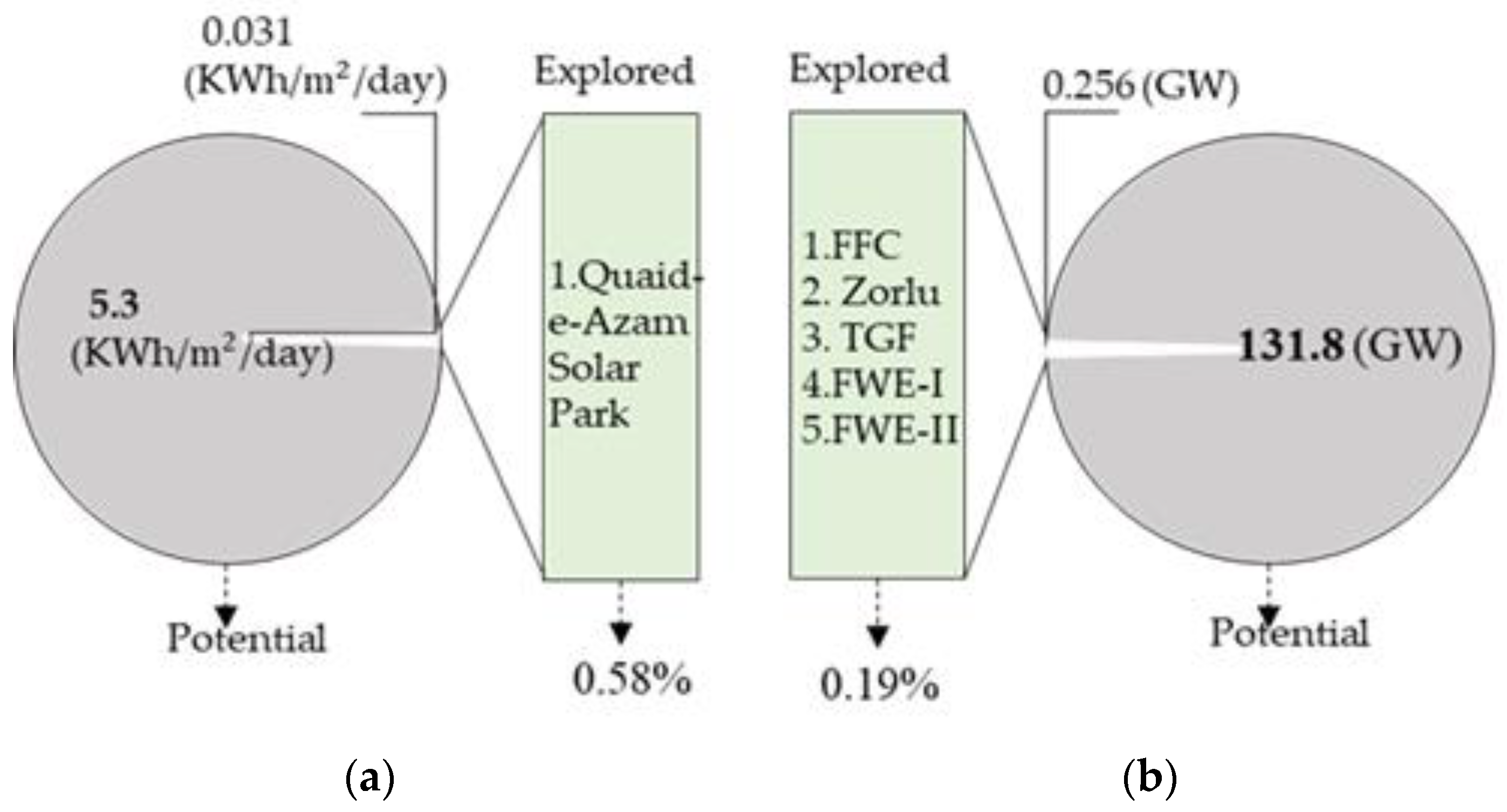
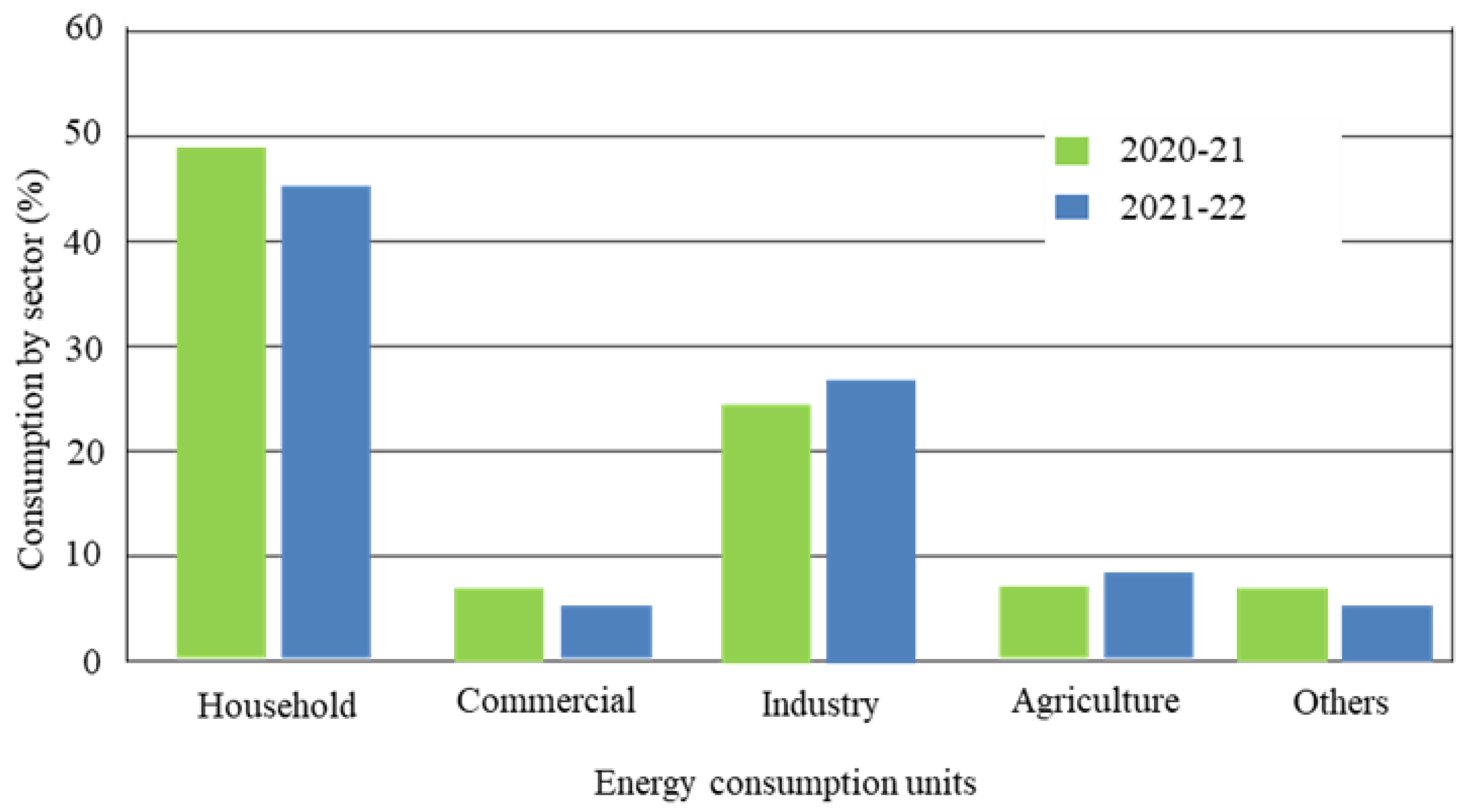
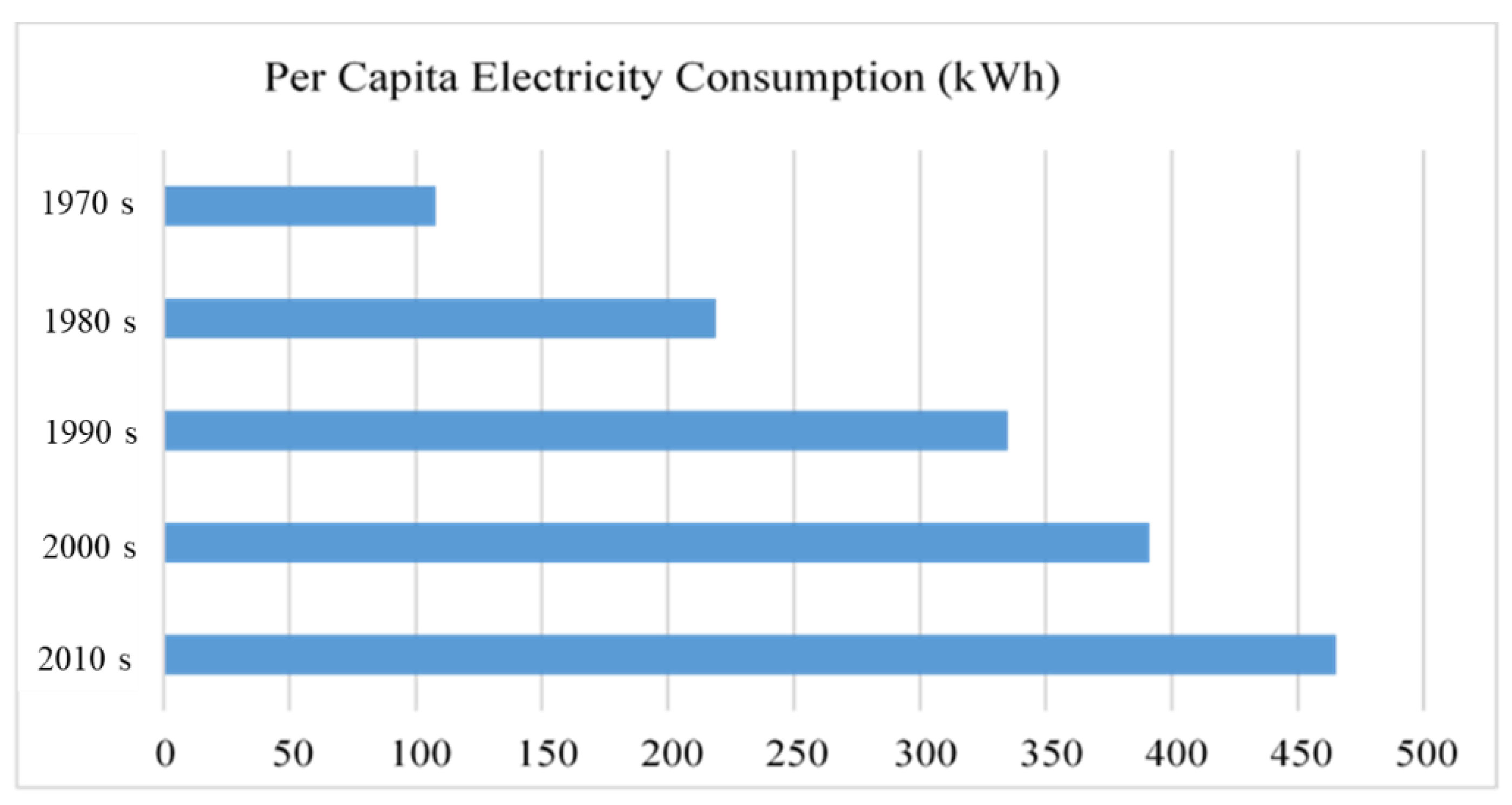

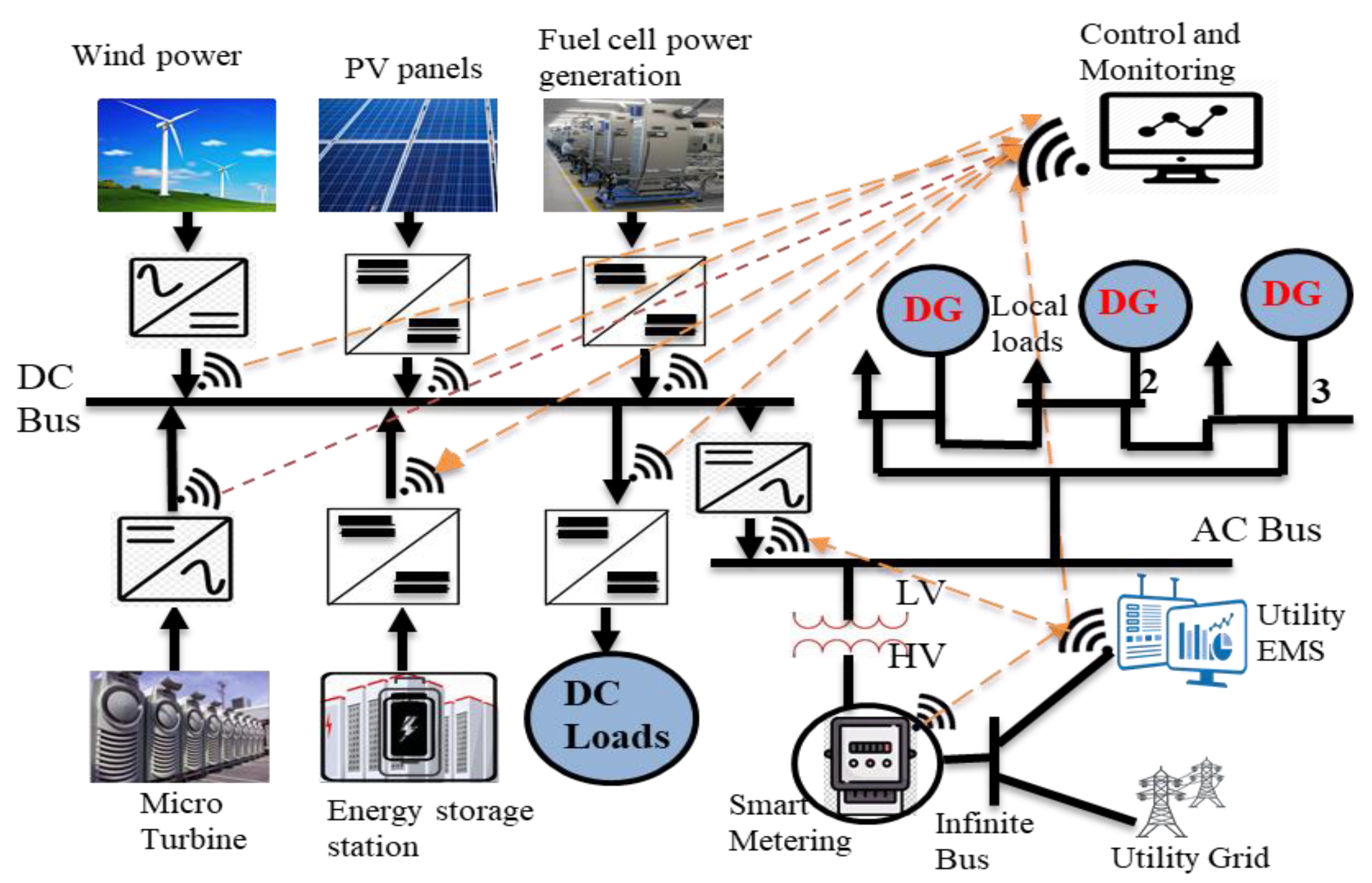
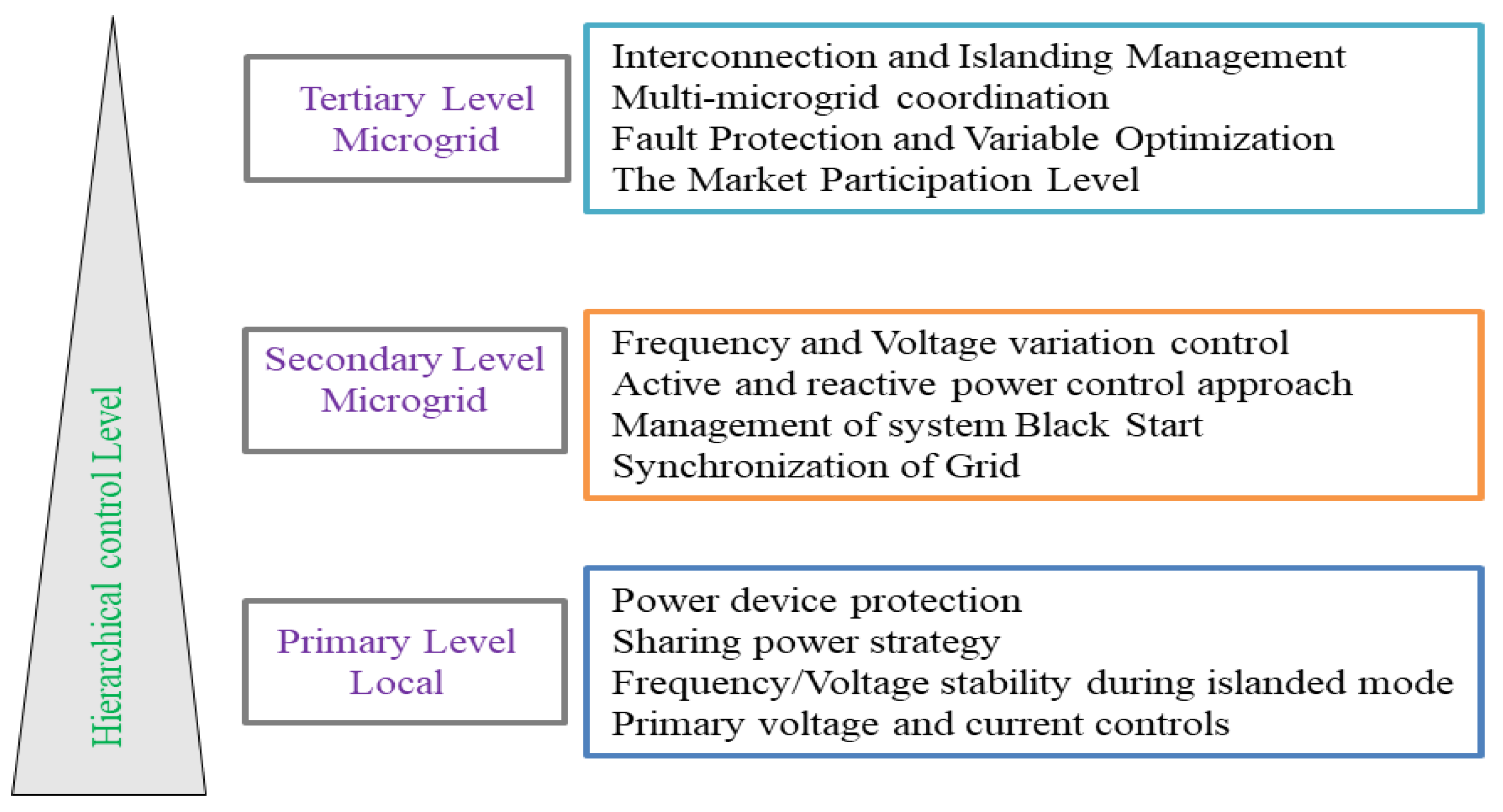
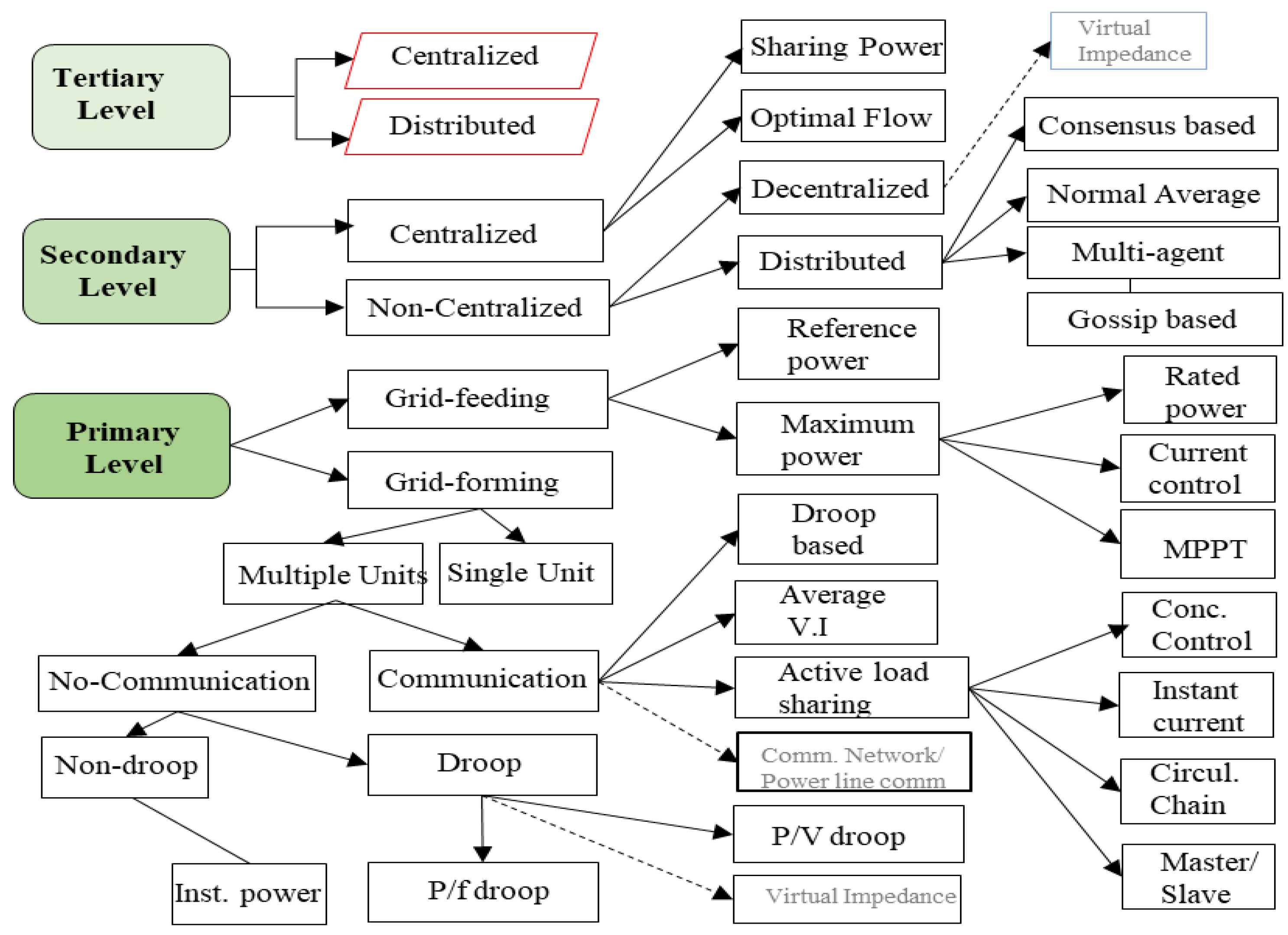
| Smart Grid Innovation | Australia | Sweden | Brazil | China |
|---|---|---|---|---|
| Installed smart Meter | 23% | 100% | 75% | 27% |
| Na Pilot Projects | 12 | 5 | 12 | 11 |
| Pilots Projects on Smart Meter | 2 | 0 | 6 | 3 |
| Pilots Project on Integrated systems | 2 | 4 | 6 | 2 |
| Pilots project on home application | 1 | 0 | 0 | 0 |
| Pilot project on transmission and distribution automation | 0 | 0 | 0 | 4 |
| Pilot project in other areas | 7 | 1 | 0 | 2 |
Publisher’s Note: MDPI stays neutral with regard to jurisdictional claims in published maps and institutional affiliations. |
© 2022 by the authors. Licensee MDPI, Basel, Switzerland. This article is an open access article distributed under the terms and conditions of the Creative Commons Attribution (CC BY) license (https://creativecommons.org/licenses/by/4.0/).
Share and Cite
Abbas, S.Z.; Ali, Z.; Mahmood, A.; Haider, S.Q.; Kousar, A.; Razzaq, S.; Hassan, T.U.; Su, C.-L. Review of Smart Grid and Nascent Energy Policies: Pakistan as a Case Study. Energies 2022, 15, 7044. https://doi.org/10.3390/en15197044
Abbas SZ, Ali Z, Mahmood A, Haider SQ, Kousar A, Razzaq S, Hassan TU, Su C-L. Review of Smart Grid and Nascent Energy Policies: Pakistan as a Case Study. Energies. 2022; 15(19):7044. https://doi.org/10.3390/en15197044
Chicago/Turabian StyleAbbas, Syed Zagam, Zulfiqar Ali, Anzar Mahmood, Syed Quosain Haider, Anila Kousar, Sohail Razzaq, Tehzeeb Ul Hassan, and Chun-Lien Su. 2022. "Review of Smart Grid and Nascent Energy Policies: Pakistan as a Case Study" Energies 15, no. 19: 7044. https://doi.org/10.3390/en15197044
APA StyleAbbas, S. Z., Ali, Z., Mahmood, A., Haider, S. Q., Kousar, A., Razzaq, S., Hassan, T. U., & Su, C.-L. (2022). Review of Smart Grid and Nascent Energy Policies: Pakistan as a Case Study. Energies, 15(19), 7044. https://doi.org/10.3390/en15197044







